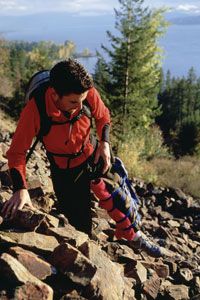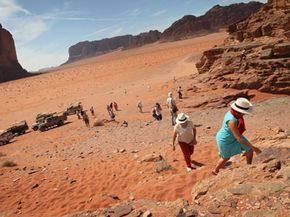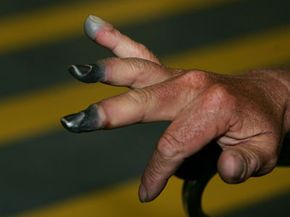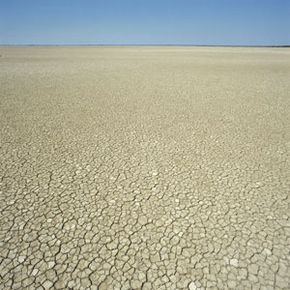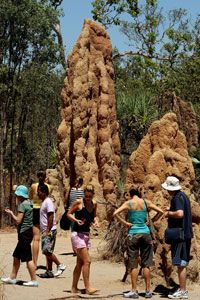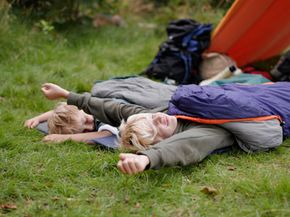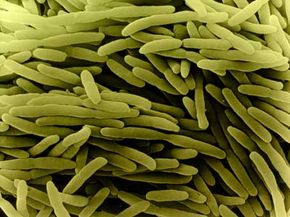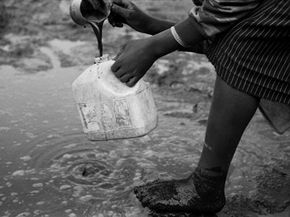Nobody goes on vacation expecting the worst. Vacations are meant to be enjoyed, not spent worrying about what could go wrong at any given moment. Sure, if you go on an island adventure, there's a chance you could get a heat stroke. A ski trip might take you off course and leave you with frostbite or hypothermia. You might find yourself lost on a hiking expedition, leading to a number of worst case scenarios -- dehydration, fatigue or some kind of food or waterborne illness. You don't even have to be on an adventure vacation to encounter some of these medical conditions, either. A simple wrong turn on the way to grandma's house could leave you stranded and out of gas in the searing heat or freezing cold.
The trick to enjoying your relaxing vacation or adventurous outing is to know how to deal with some of these scenarios before you depart and then keep that information tucked away while you enjoy yourself. If you're going to the mountains in the winter, become acquainted with the cold-weather illnesses you could face. If you're heading to the woods for a summer hiking trip, read up on the plants you should avoid and how you can deal with sickness from tainted water or food. Being prepared for the worst doesn't mean you're a pessimist -- it means you're smart.
Advertisement
